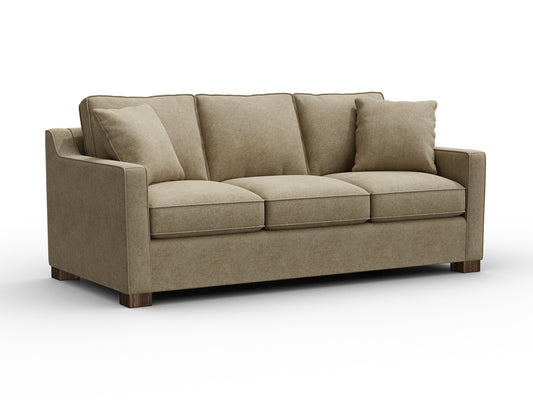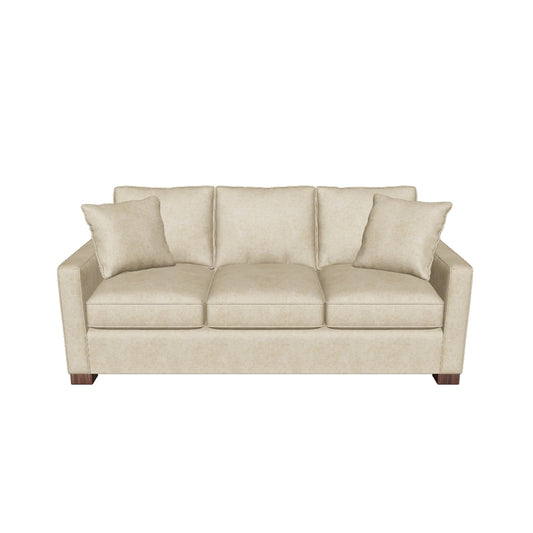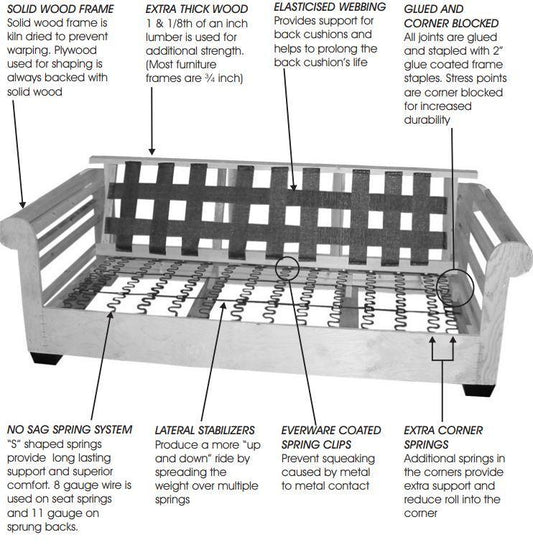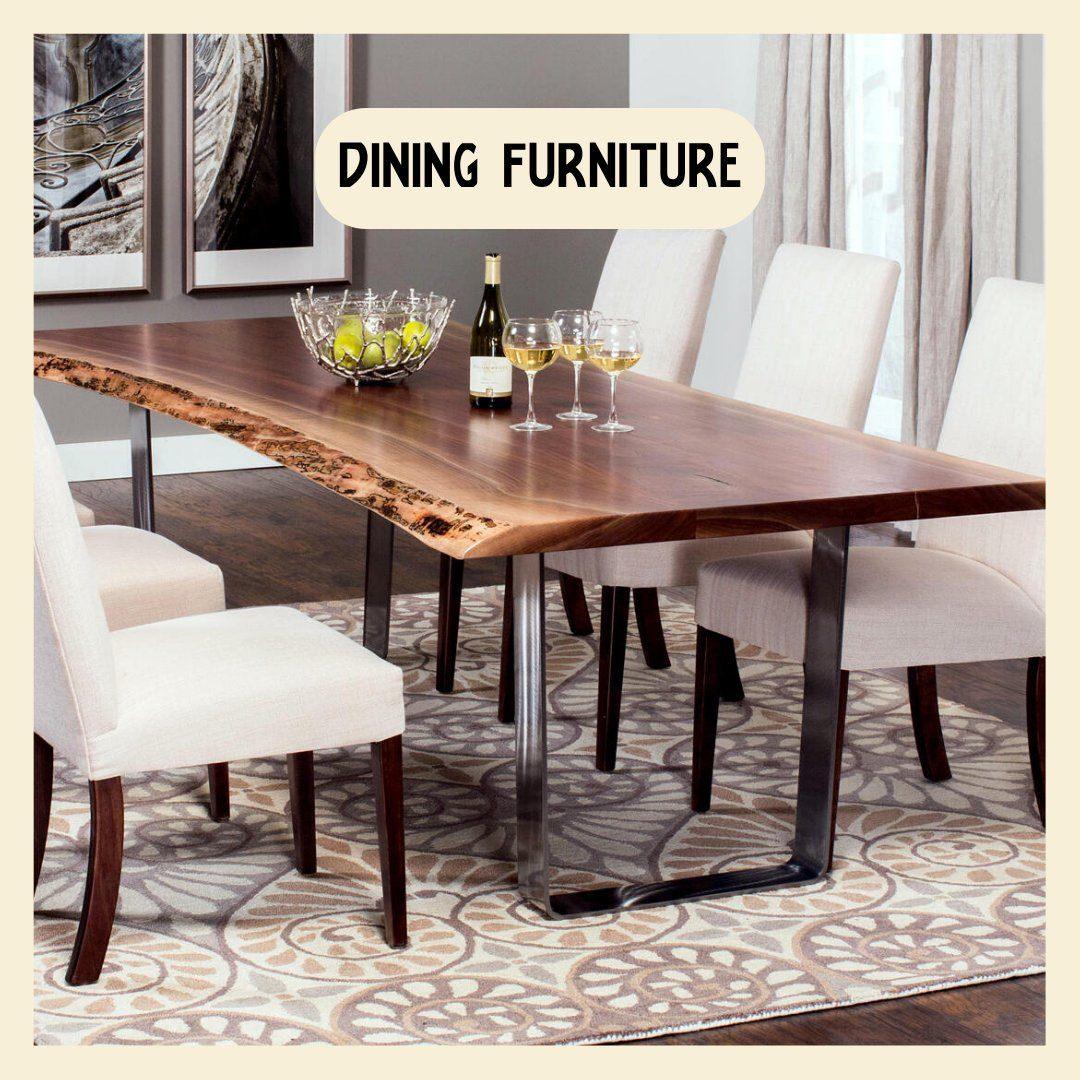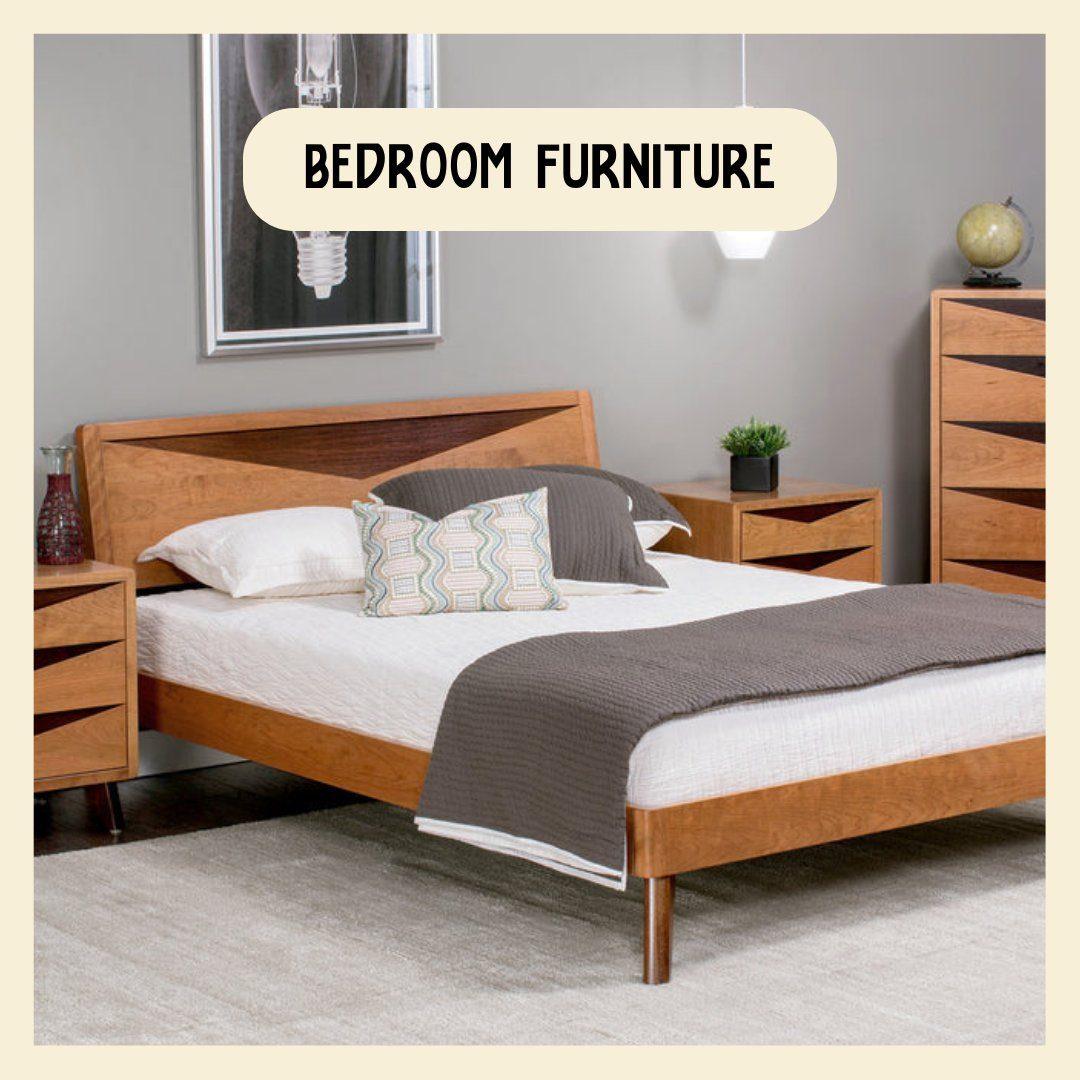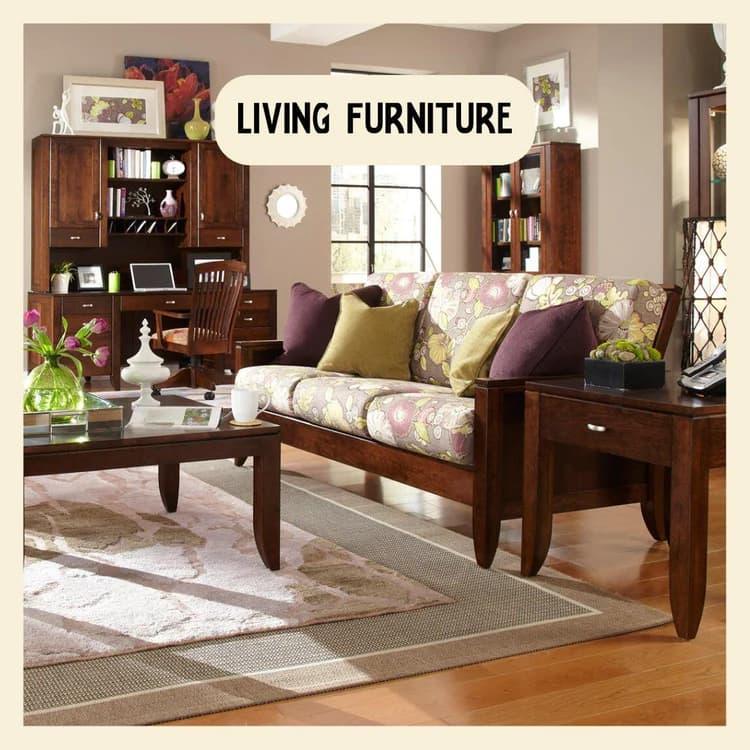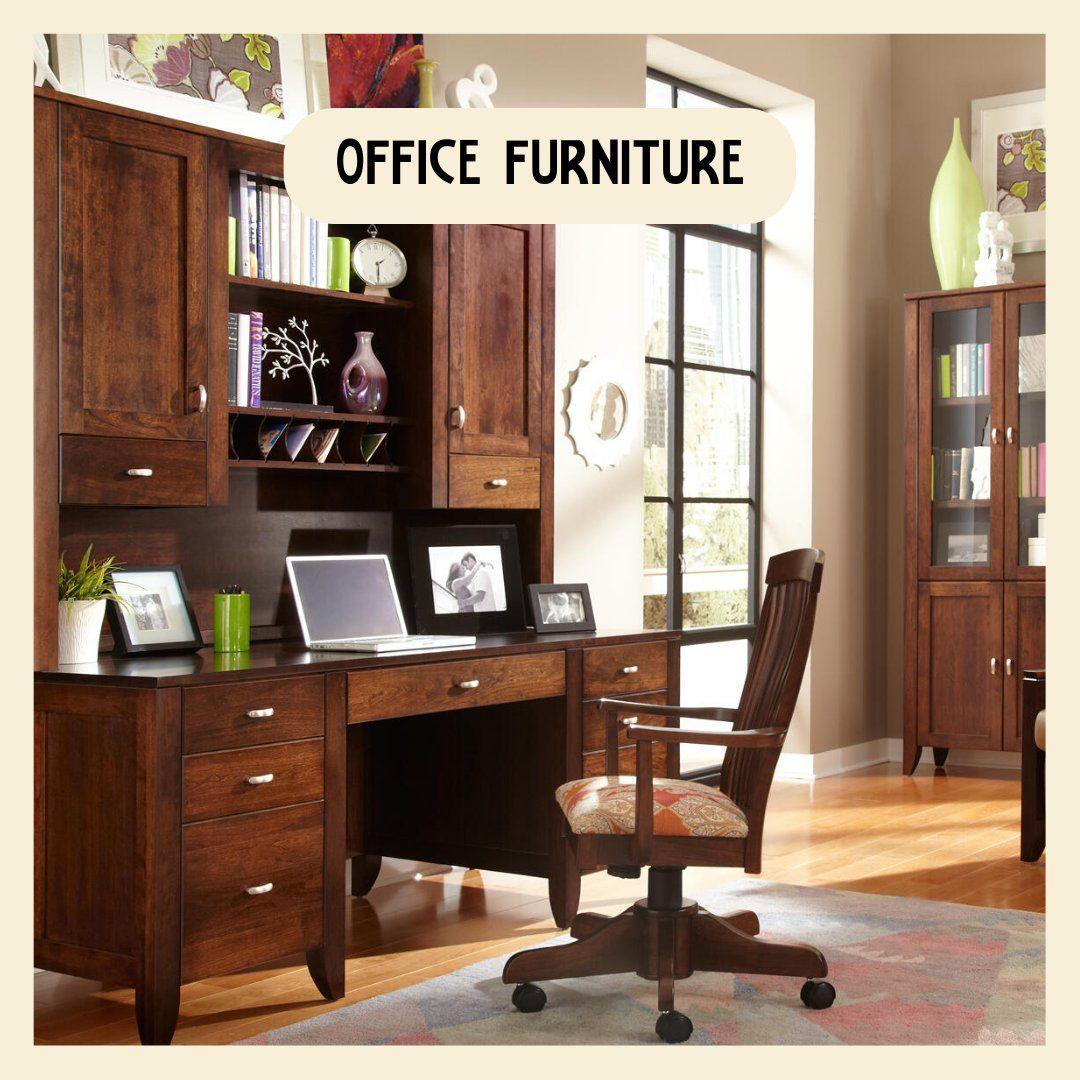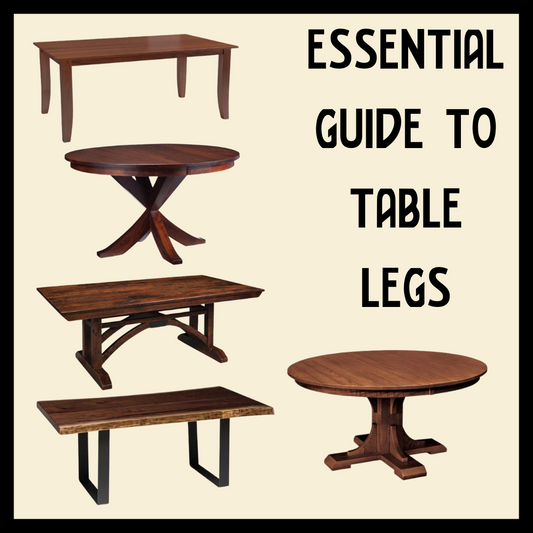Your Complete Guide to Furniture Measurement
Looking for the perfect fit? Only one way to know for sure - you’re going to have to measure!
You roll out the rug to find your dining table is a little too long. The couch you thought would fit squarely under your living room window is too high in the back. That chest of drawers you can’t live without, won’t fit through the back door. Now what?
Because we’d hate for this to happen to you, it’s important to take careful measurements so that you are confident the furniture or rug you’ve got your heart set on will look right in the place you want it before you order it!
This helpful furniture measurement guide will ensure the process goes as smoothly as possible.
Furniture Measurement Guidelines
Measure the furniture, measure the space it will go, and visualize if you think it will work. It’s simple enough and it will hopefully save you having to make a return.
Take Furniture Measurements
Write down the measurements of the furniture you plan on buying. Either measure yourself or get the dimensions online from the store or manufacturer.
- Break it down
Most sofas and upholstered chairs have legs that unscrew to give you a little extra room. So if your door width is close or a little smaller than the sofa height, you're probably fine. Just confirm with your dealer!
Dining tables almost always are delivered with the base separate from the top. So your biggest concern will be the width and length of the tabletop itself.
Chests and dressers have the least room for error, and tend to be the most expensive pieces. To make sure they'll fit, measure twice and order once!

** Many upholstered sofas and chairs have legs that unscrew to give you a little extra room. Just ask your dealer!
Walk the entire pathway of delivery and placement
Now that you know the measurements of the furniture you’re buying, you need to know if it will fit in your home. Don’t just measure the front or back door, but any and all obstacles that might arise as the piece of furniture makes its way to where it’ll be living.
Does it fit through the entry door?
- Open door as wide as possible and measure distance between outer edge of door frame to inner edge of door frame at the narrowest point.
Does it fit through hallways and internal doors?
- Measure width of any hallways or doors at the narrowest point the item must pass through.
- Take into account any obstructions - radiators, lighting fixtures, built in shelving, etc.
Does it fit up or down stairs?
- Measure width of staircase at its narrowest point - take into account handrails and lighting fixtures.
________ staircase width
- If there is a banister it must be lifted over, make sure there is enough ceiling height to accommodate the depth of the piece being moved.
________ ceiling height
If there is an elevator, does it fit?
- Measure the open door height, width and depth.
Will the furniture look right in the space you want it?
Don’t skip this important question! Take into account all the measurements of the room and decide if the piece you’re looking to buy will make it feel too full, too empty or just about right. If you need help visualizing...cardboard, paper or masking tape laid out in the furniture’s dimensions can help you imagine what it will look like in your home.
Don’t forget ceiling height. If you have low ceilings, then chairs, couches and beds with low backs and headboards will keep the space from feeling too cramped. High ceiling heights allow for bigger, higher and bolder pieces.
Now that you've got it all measured and know what's going to fit, have fun shopping! And be sure to reach out to us with any questions.



